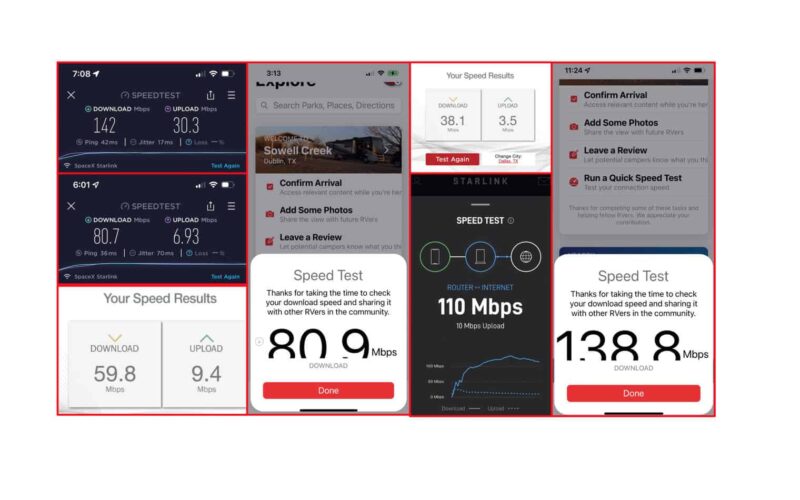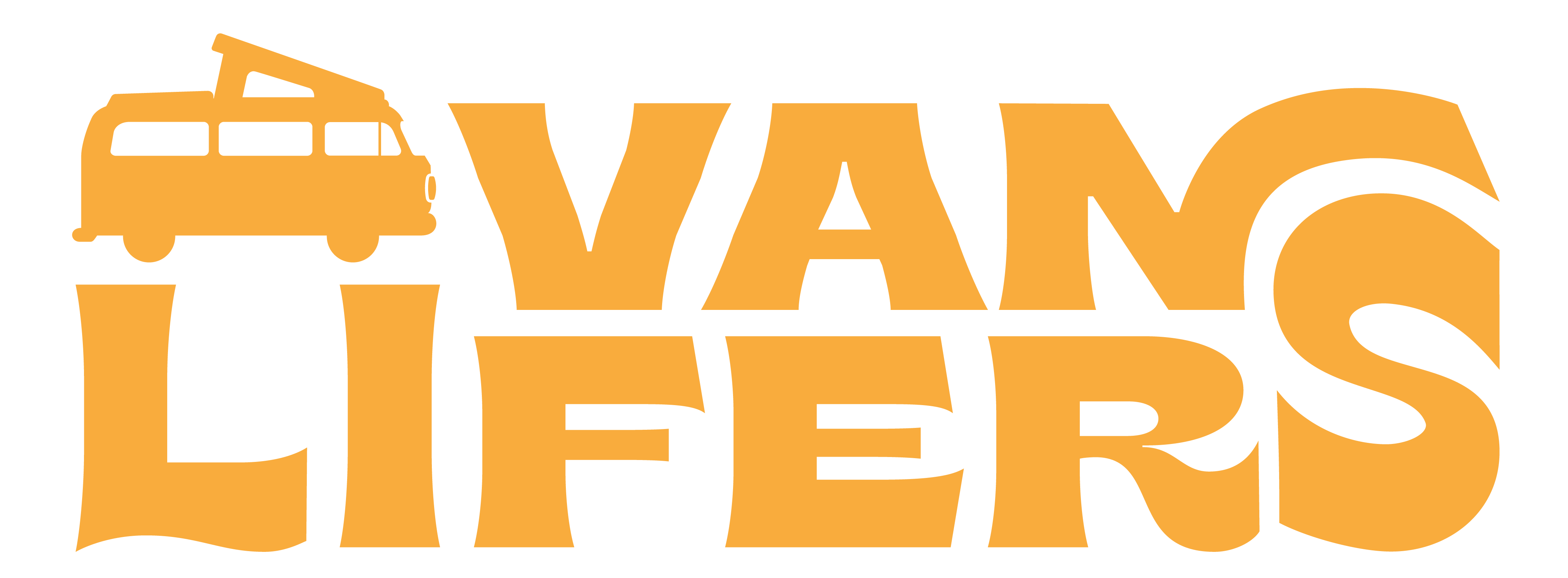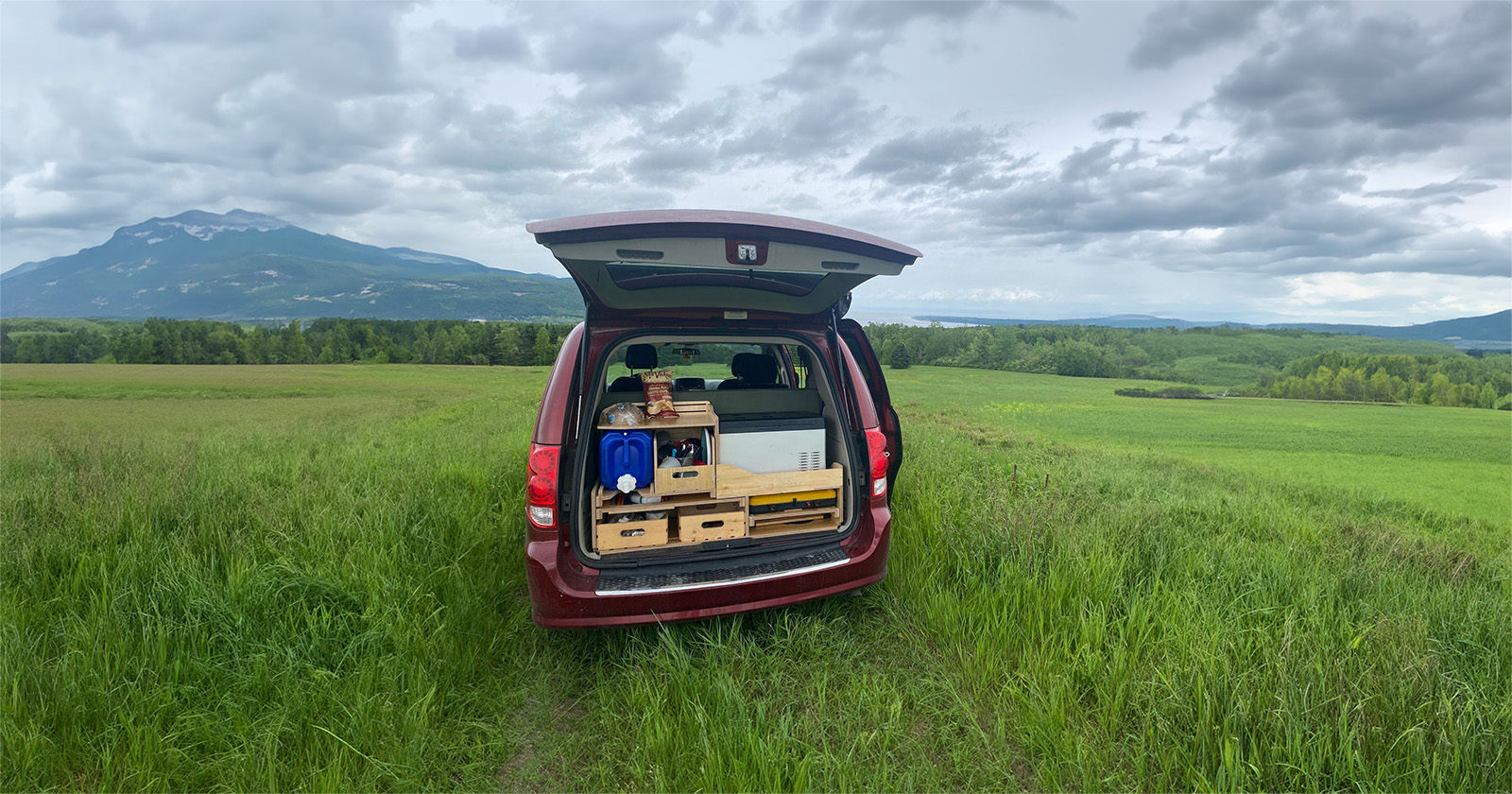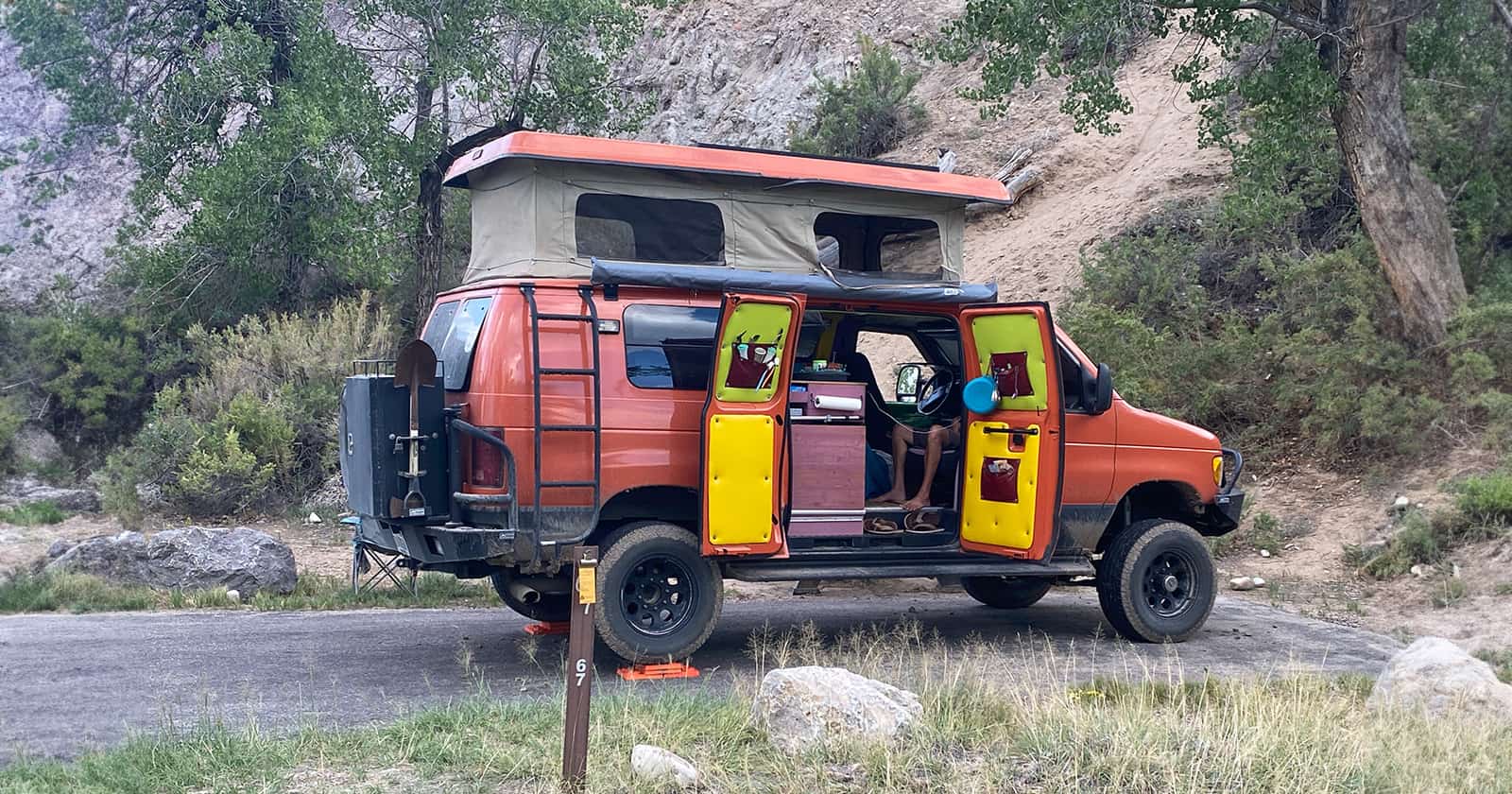Unless you’ve taken up residence beneath a rock, Elon Musk recently announced SpaceX is working on the release of Starlink Mini, a device seemingly tailor-made for vanlifers. Starlink is already revolutionizing the nomad lifestyle, and bringing internet to the most remote parts of the world.
Now, with the Starlink Mini, the idea of portability and internet on the go is even more tractable. According to Elon Musk, in a speech to SpaceX employees, “We’ll be introducing the Starlink mini later this year, which can fit in a backpack.”
Now, imagine the opportunities such a device entails — a Starlink Mini, 11.4″ x 9.8″ in diameter, providing internet to vanlifers. It sounds great on paper, but there are still a few things worth clearing up. For those not in the know, what exactly is Starlink Mini, and how would a miniature version improve life in a campervan?
What Is The Starlink Mini?
The million-dollar question is the one not wholly articulated. What we do know, is that the Starlink Mini is about the size of a large tablet and far more portable than its 23.4″ x 15″ cousin. The portability factor is the primary attraction, especially for hikers, campers, and outdoor enthusiasts.
Price Point
Of course, SpaceX and Elon Musk are still mum on the starting price point. There is the assumption that there will be multiple subscription tiers, just like with regular Starlink devices. It’s hard to imagine it being as expensive as the larger model, but time will tell.
Power and Capability
As a smaller dish, it’s not likely to command the same level of capability a regular Starlink dish will. The best guess scenario has the Starlink Mini operating at half the power of what Starlink users are familiar with.
Considering the fact that the announcement is clearly for portability (the mention of backpacks), a DC power source is likely. For the Starlink Mini to conveniently provide internet to Vanlifers on the go, 50 watts is the sweet spot.
A fairly standard 30,000mAh power bank (about the size of a small brick) has a 111Wh capacity, providing a couple of hours of relatively high-speed internet in the middle of nowhere. The Starlink Mini numbers, in terms of high-speed internet, are not available as yet.
However, SpaceX bills at as high-speed, low-latency internet, thanks to low orbit satellites having the capability to transmit data faster.
Advantages Of Starlink Mini Internet For Vanlifers

The immediate advantages are almost self-explanatory. There’s little doubt that Starlink, in general, is growing in popularity for RVers. Life in a campervan, however, is a little different from life in a Class A motorhome.
Space and comfort are luxuries. Cutting down the size of your Starlink matters. The smaller the physical footprint, the better. But the potential advantages don’t end there. This device is made for portability, and when you combine it with SpaceX’s other filings, specifically for ESIM with the T-Mobile network, a clearer picture opens up.
Smartphone Usage
Living life on the road doesn’t always mean remaining disconnected. Whether hiking or driving down some dirt road in the middle of nowhere, most of us have our smartphones on us. Back in 2021, SpaceX filed a waiver request with the FCC, seeking to use mobile Starlink terminals.
SpaceX is also seeking FCC authorization for the use of ESIM dish designs. If you’re familiar with the little SIM card in your phone, an ESIM is essentially the same thing without a physical SIM card. Recently, SpaceX and T-Mobile sent the first text message across SpaceX’s satellites. You can see where this is going.
Not only will you have the opportunity to access high-speed internet while hanging off of the side of a cliff, 150 miles from civilization, but you’ll also be able to send texts and make calls on the same satellite network. Just don’t use both hands to do it.
Smaller Is Better
Getting Starlink Mini internet to Vanlifers is one thing, but making it a feasible alternative to the larger Gen 3 Starlink is another. Any van lifer will tell you that smaller is better. The good news is, thanks to SpaceX, vanlifers can have their cake and eat it too.
While the original Starlink is not overly large, being able to rapidly set up and dismount a dish that’s half the size is an improvement in every way, especially if the internet speeds are as advertised. Park the van, set up your dish, do some remote work, throw the dish in your backpack, and head off for an extensive hike. Simple as that.
Movement
Currently, Starlink offers four service plans: Standard, Priority, Mobile, and Mobile Priority. Only Mobile and Mobile Priority offer internet service on the move. The standard Mobile plan offers unlimited, fast internet at movement speeds of less than 10 mph. The Mobile Priority doesn’t specify a speed at all.
The likeliness of Starlink Mini only taking advantage of the internet at fixed locations is slim and none. In fact, the Mobile and Mobile Priority plans are specifically marketed for RVs, Nomads, and campers. A small dish utilizing one of the two plans is absolutely perfect for vanlifers.
The current Starlink dishes that allow campers to roof-mount them are fairly expensive. Again, however, with a smaller form factor, SpaceX is approaching profitability, and the improvements in design should drag the price point down.
Potential Challenges Of Starlink Mini Internet For Vanlifers
The biggest challenge enthusiastic Starlink Mini consumers face, in terms of the internet for van lifers, is the unknown. What we have exists mostly in the FCC filings. Everything else is a matter of speculation. We base some of that on known technology and some on what Elon Musk and SpaceX engineers say is possible.
The other challenge is all about power. In a best-case scenario, the latest Starlink is capable of 20ms to 40ms of latency, with upload speeds of 5Mbps to 20Mbps and download speeds of 20Mbps to 200Mbps. In reality, the numbers are often lower, depending on where you are and what you are using.
There’s no denying the lower power needs of a smaller dish. What remains to be seen is: how effective will the Starlink Mini be and whether it can efficiently and consistently deliver high-speed internet to van lifers or campers of any stripe.
Expense is another potential issue. The current mobile-capable (Priority)version of Starlink is $2,500. That’s just for the equipment, never mind the $250 to $5,000/mo tiers. It’s safe to say that the Starlink Mini will probably fall under the Mobile version, with an equipment cost of $599 and either the $150/mo plan or the $200/mo plan.
As time goes on and the technology improves future service plans will probably become available, along with 2nd, 3rd Gen variations, etc.
Future Possibilities
Things are likely to improve at a far more rapid rate, thanks to a new competitor entering the stage. Amazon is looking to dip its toes into the satellite internet business as well. Before long, it will become a foot race; Starlink Mini and Amazon’s Project Kulper vying for the internet needs of van lifers, RVers, rural residents, and those who prefer making a living off-grid.
If there’s one thing that competition brings to the table, it’s rapid innovation. If the pattern of shrinking technology in the electronic consumer market continues, these satellite offerings will become smaller and smaller.
Final Thoughts
The idea of Starlink Mini Internet for van lifers is now a reality and will feature a release of the physical product later in 2024. The term ‘revolutionize’ may be a little strong, but there’s little doubt that the advantages a tiny satellite offers van lifers are numerous.
This is especially true for those who like to park the campervan, throw on a backpack, and dive headlong into the wilderness. Even the likes of T-Mobile and Verizon can’t compete with the rural access that Starlink affords. It remains to be seen just how effective the Starlink Mini will be. However, if it’s even half as good as the current-gen Starlink, it will be more than worthy of consideration.




